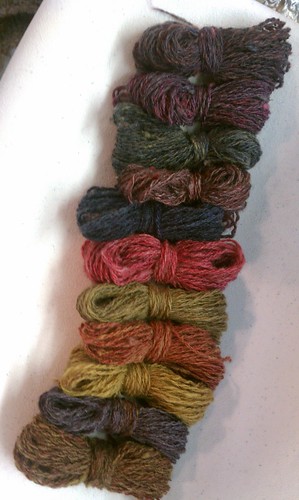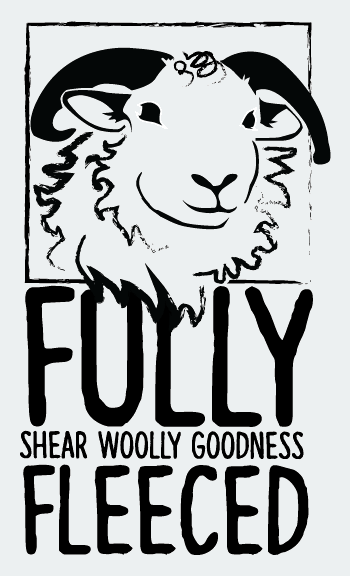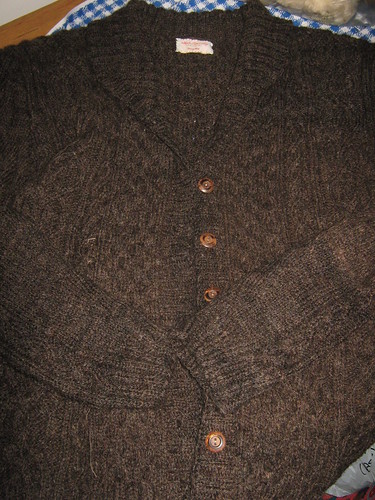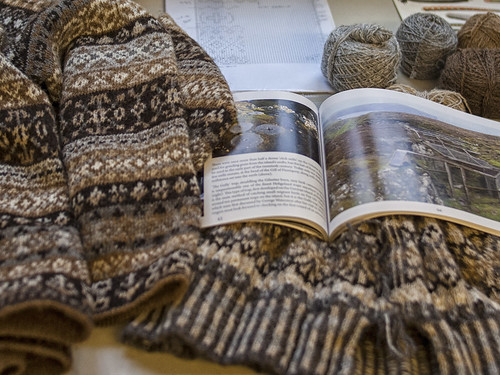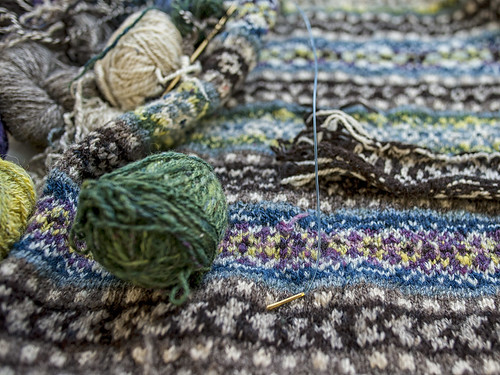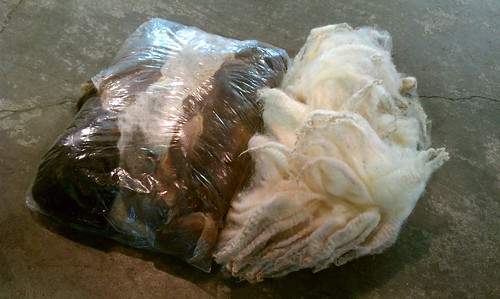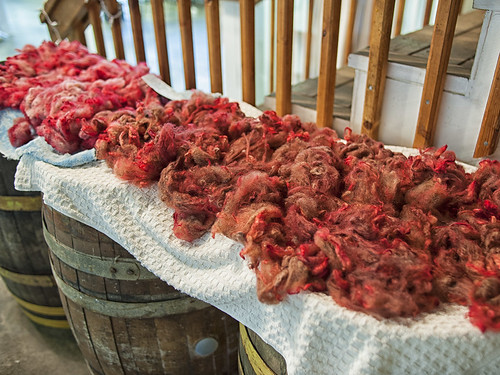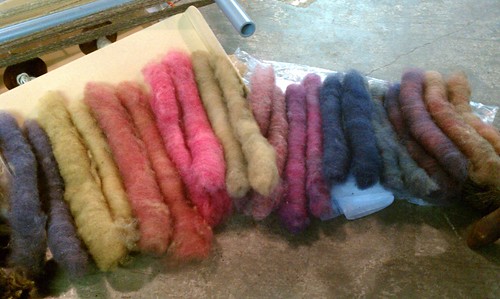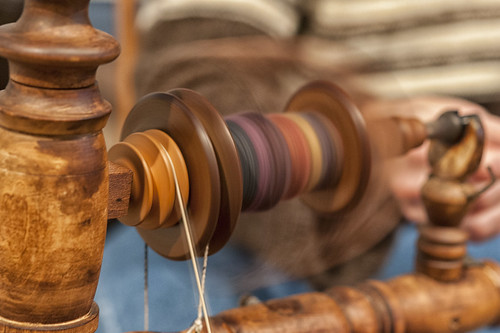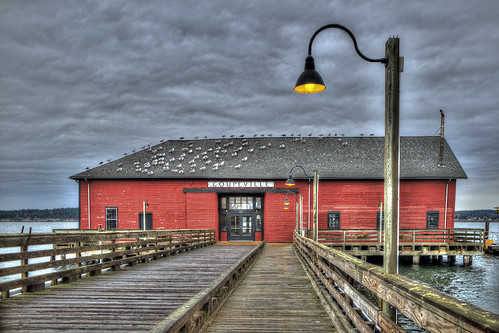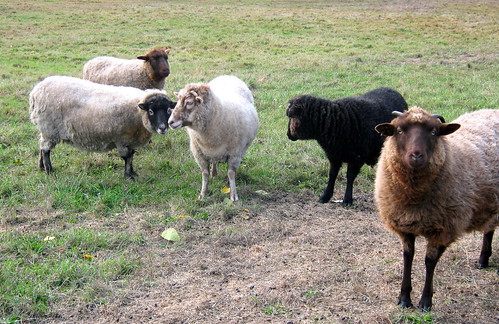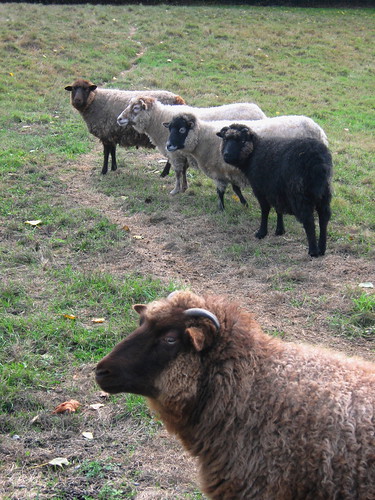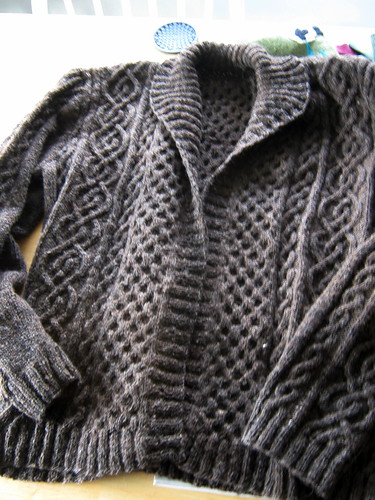Sorry for leaving y’all hanging last week.
Now that I have a moment to sit down and blog, I’ll give you a quick rundown on the workings of this cool little gadget.
The peg loom is simple to construct. Just a length of wood with holes drilled into it (not all the way through, but deep enough for the pegs to sit securely) and as many pegs the same size as the holes.
In each of these pegs, there is a small hole drilled through, just above where it sits in the base.

And in each of these little holes you thread through yarn or string, which will serve as your warp.

You want each warp thread to be twice the length of your intended project. Pull it through the hole, join the ends and tie. So each warp thread is independent, just threaded through it’s peg.
Once you’ve got the warps threaded through each peg, you’re ready to weave!
To get started, you’ll take whatever you are using as weft and make a slip knot with it, placing it around the first peg on whichever side you’re starting from- just to anchor it.
Then you simply weave back and forth around the pegs, figure-eight style-

Do this weaving back and forth until you’ve built up a fair amount of weft on the pegs.
Now here is the magic part.
You pull the pegs up and out.
One at a time.

And then put them back in.

Pulling the warp through the weft as you go.

Until all your pegs are empty again and ready for another round.

Neat, eh?

It goes quickly if you use thick materials- roving, multiple strands of yarn, fabric strips.
I saw on Ravelry someone who uses a peg loom to weave rugs from felted fleeces that are unspinnable- cutting or tearing the fleece into strips.
Pretty, pretty cool.
